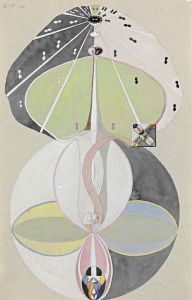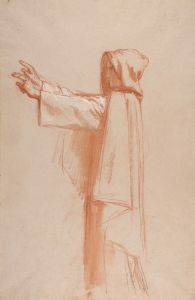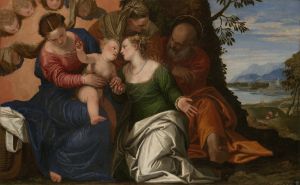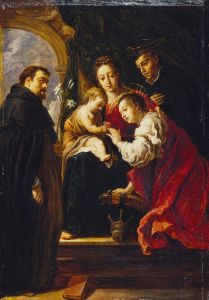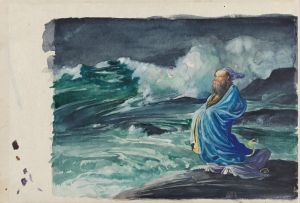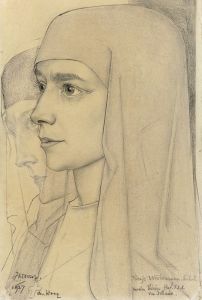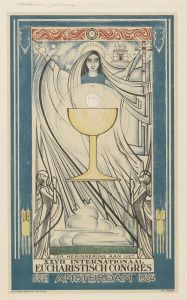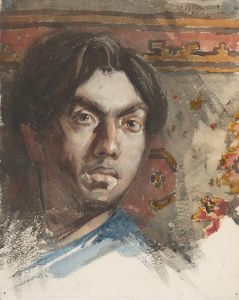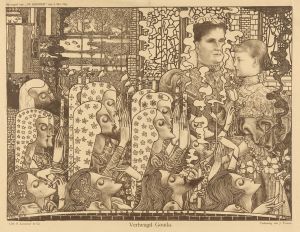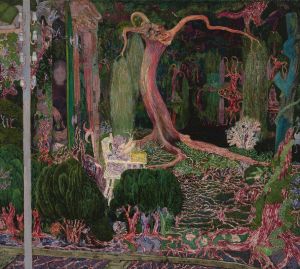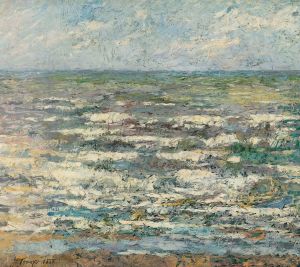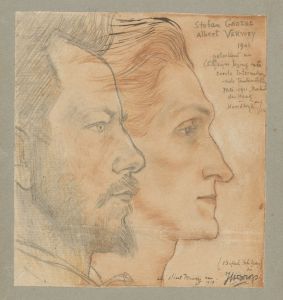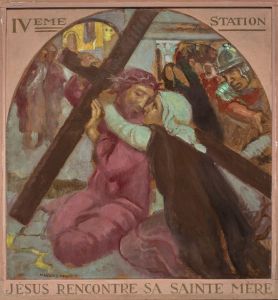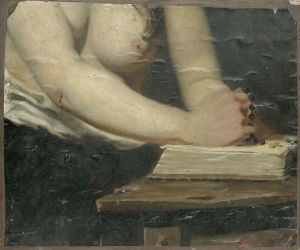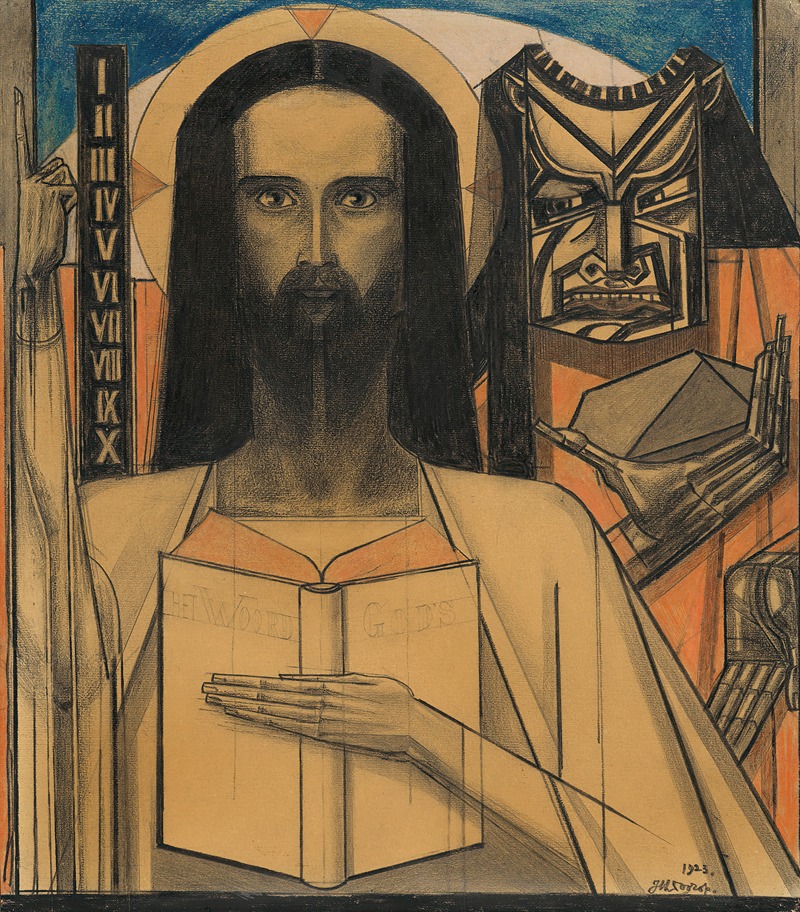
Étude pour ‘Christus in de woestijn’
A hand-painted replica of Jan Toorop’s masterpiece Étude pour ‘Christus in de woestijn’, meticulously crafted by professional artists to capture the true essence of the original. Each piece is created with museum-quality canvas and rare mineral pigments, carefully painted by experienced artists with delicate brushstrokes and rich, layered colors to perfectly recreate the texture of the original artwork. Unlike machine-printed reproductions, this hand-painted version brings the painting to life, infused with the artist’s emotions and skill in every stroke. Whether for personal collection or home decoration, it instantly elevates the artistic atmosphere of any space.
Étude pour ‘Christus in de woestijn’ (Study for 'Christ in the Desert') is a notable work by the Dutch-Indonesian painter Jan Toorop, who was an influential figure in the Symbolist movement. Born in Purworejo, Java, in 1858, Toorop moved to the Netherlands at a young age and became a prominent artist known for his unique style that blended various influences, including Symbolism, Art Nouveau, and Pointillism.
The painting "Étude pour ‘Christus in de woestijn’" is a preparatory study for a larger work that depicts Christ in the desert, a theme that has been explored by many artists throughout history. This particular study showcases Toorop's skill in capturing the spiritual and emotional intensity of the subject matter. The work is characterized by its intricate line work and the use of symbolic elements, which are hallmarks of Toorop's style.
Toorop's interest in religious and mystical themes is evident in this study. The depiction of Christ in the desert is a reference to the biblical story of Jesus' 40 days of fasting and temptation by Satan. This period is often interpreted as a time of spiritual trial and purification, themes that resonated deeply with Symbolist artists who sought to explore the deeper, often hidden, aspects of human experience.
In "Étude pour ‘Christus in de woestijn’," Toorop employs a delicate and detailed approach to the figure of Christ, emphasizing his isolation and the harshness of the desert environment. The study likely served as a preliminary exploration of composition, form, and symbolism that Toorop intended to refine in the final painting. The use of fine lines and careful shading in the study highlights Toorop's meticulous technique and his ability to convey complex emotional states through visual means.
Jan Toorop's work, including this study, reflects his broader artistic journey and the various influences that shaped his career. After studying at the Rijksakademie van beeldende kunsten in Amsterdam, Toorop spent time in Brussels, where he became associated with the avant-garde group Les XX. His exposure to different artistic movements and his personal experiences contributed to the development of his distinctive style.
Throughout his career, Toorop's work evolved, incorporating elements of Javanese art, European Symbolism, and Art Nouveau. His ability to blend these diverse influences resulted in a body of work that is both unique and deeply expressive. "Étude pour ‘Christus in de woestijn’" is a testament to Toorop's skill as an artist and his commitment to exploring profound spiritual and existential themes through his art.
Today, Jan Toorop is remembered as one of the leading figures of the Symbolist movement in the Netherlands. His works are held in high regard and can be found in various museums and collections around the world. "Étude pour ‘Christus in de woestijn’" remains an important piece within his oeuvre, offering insight into his creative process and his enduring fascination with the mystical and the divine.





